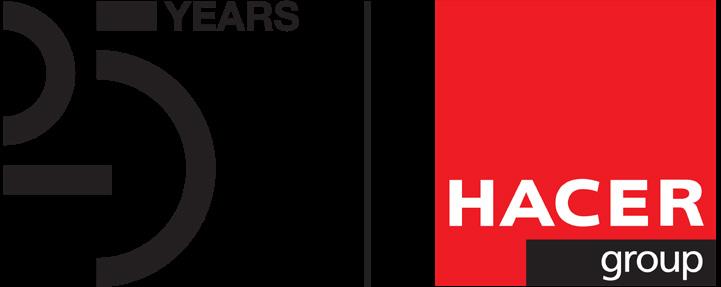

Hacer Cultural Protocols
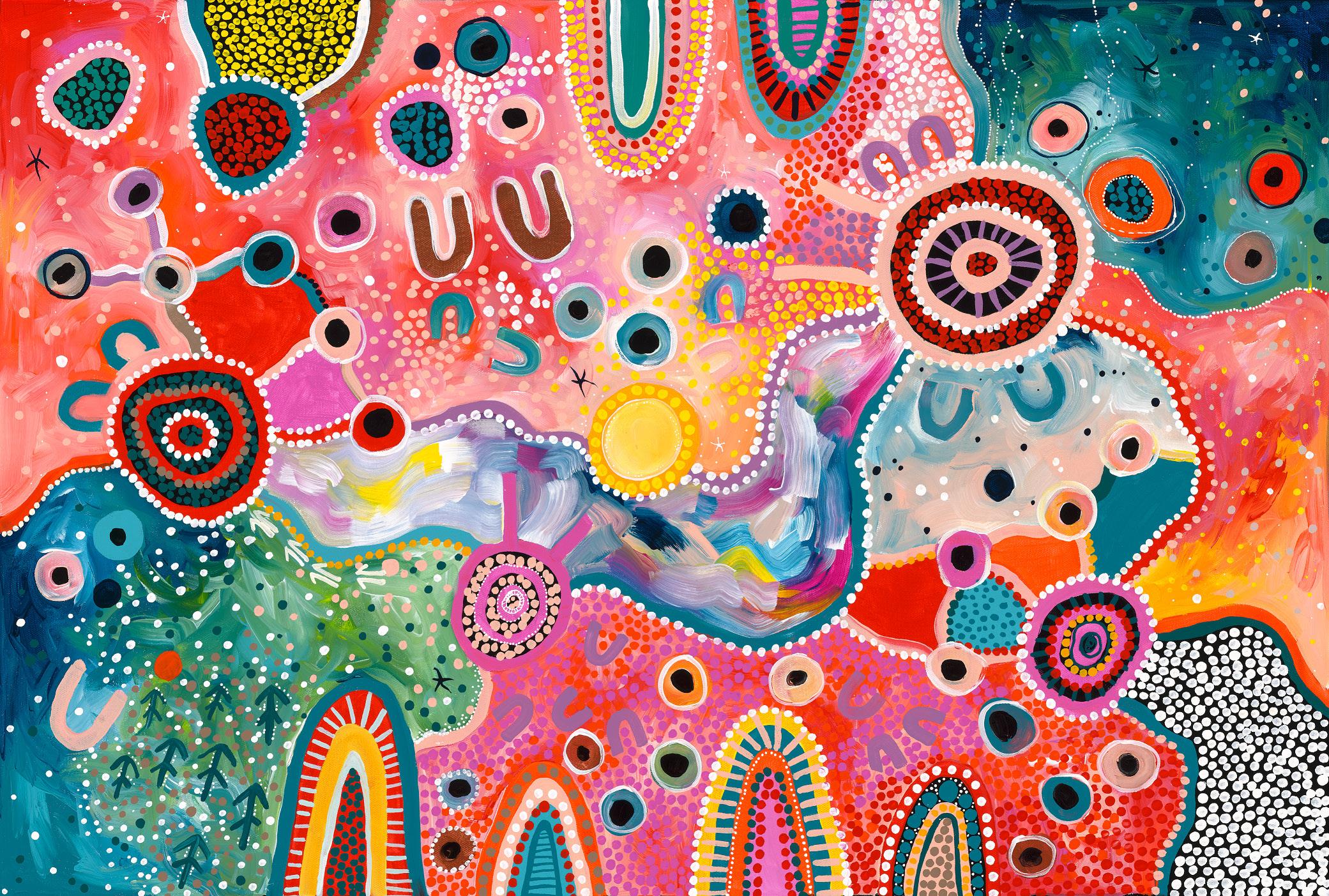
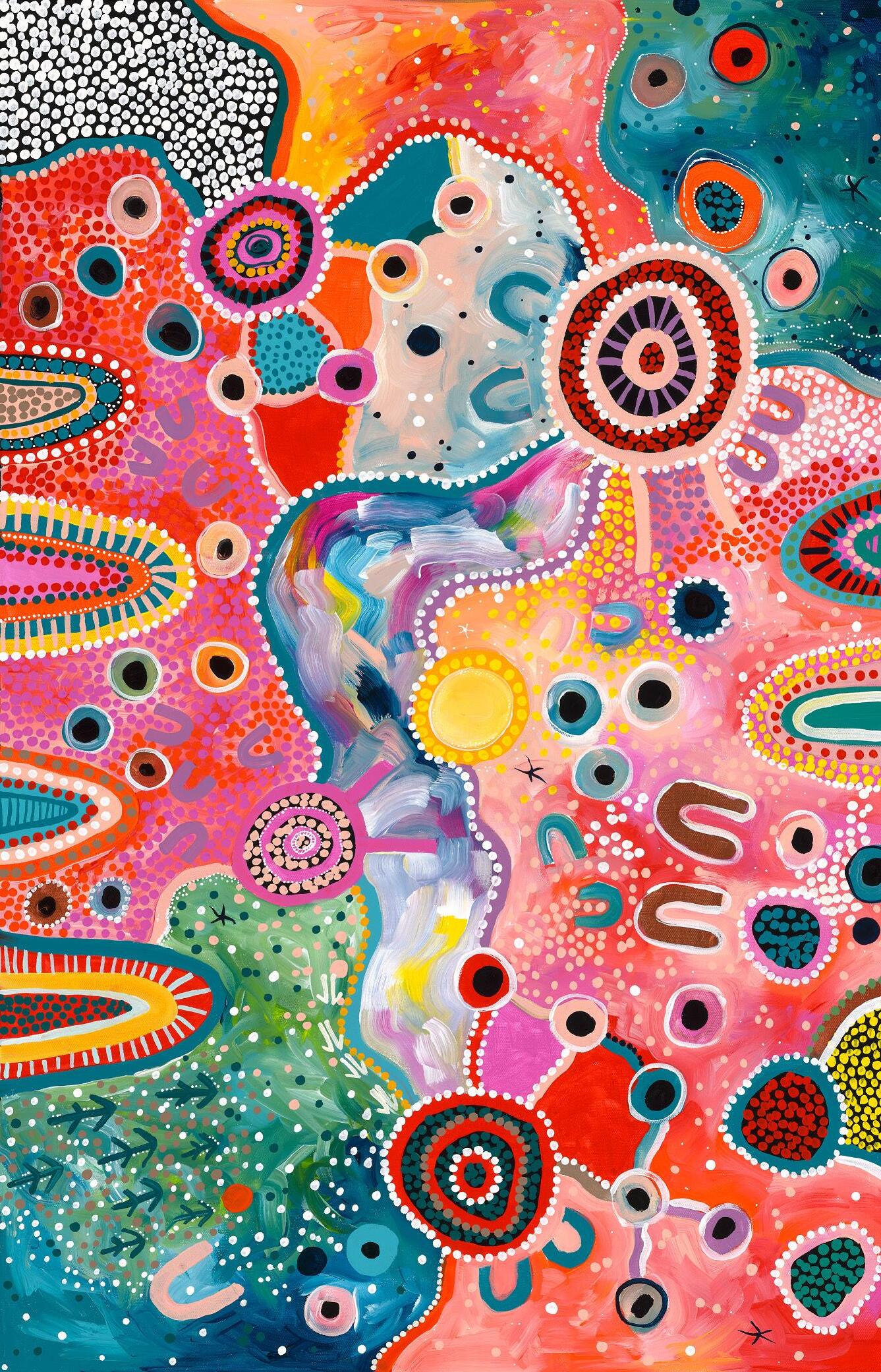
Image 01 Cover - Hacer RAP Artwork by Emma Hollingsworth
We acknowledge the Traditional Custodians of the Lands upon which we build. We pay our respects to all Aboriginal and Torres Strait Islander Peoples across Australia, their Elders, past and present, and celebrate their continuing connection to Countryland, water and sky.
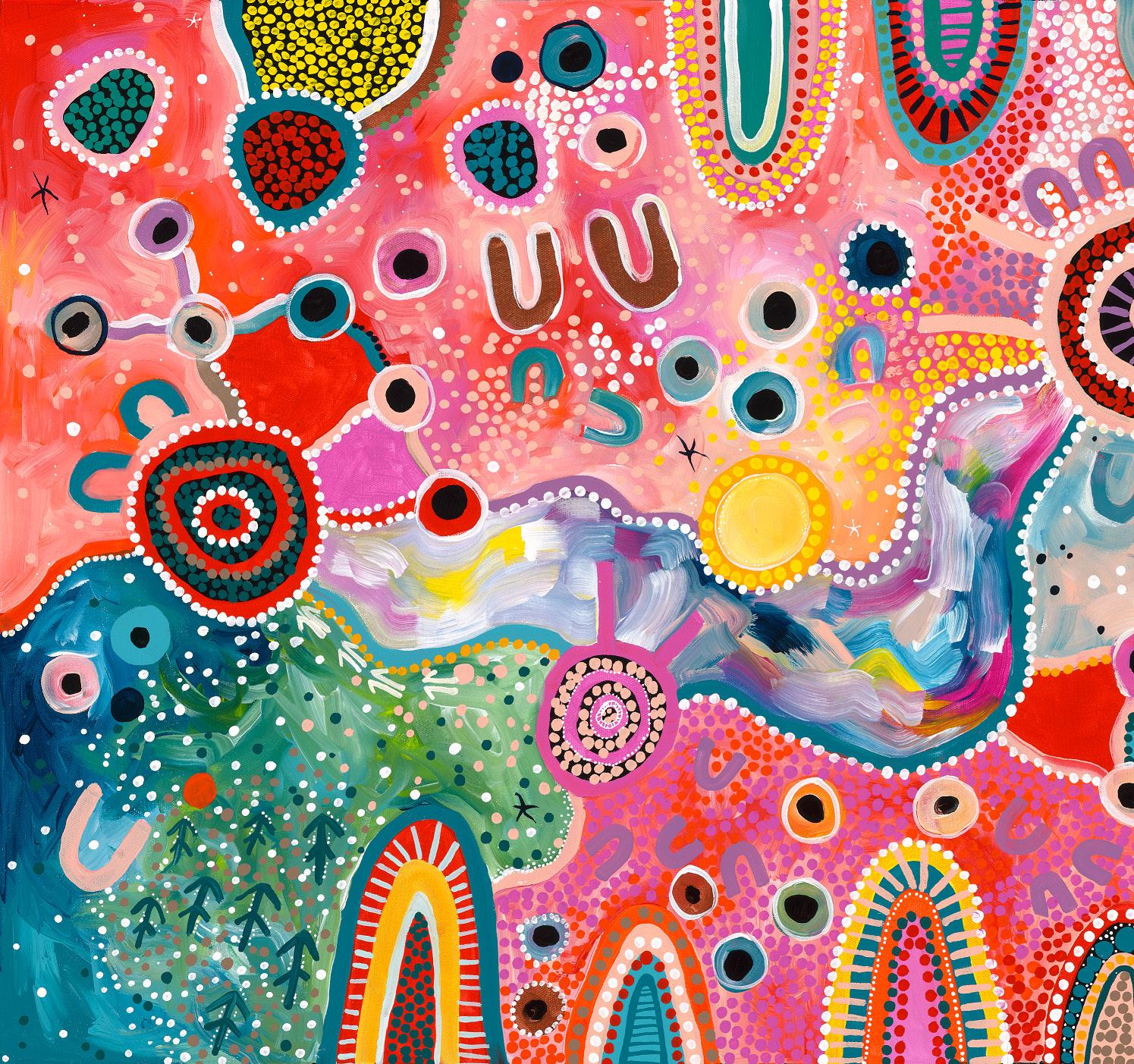
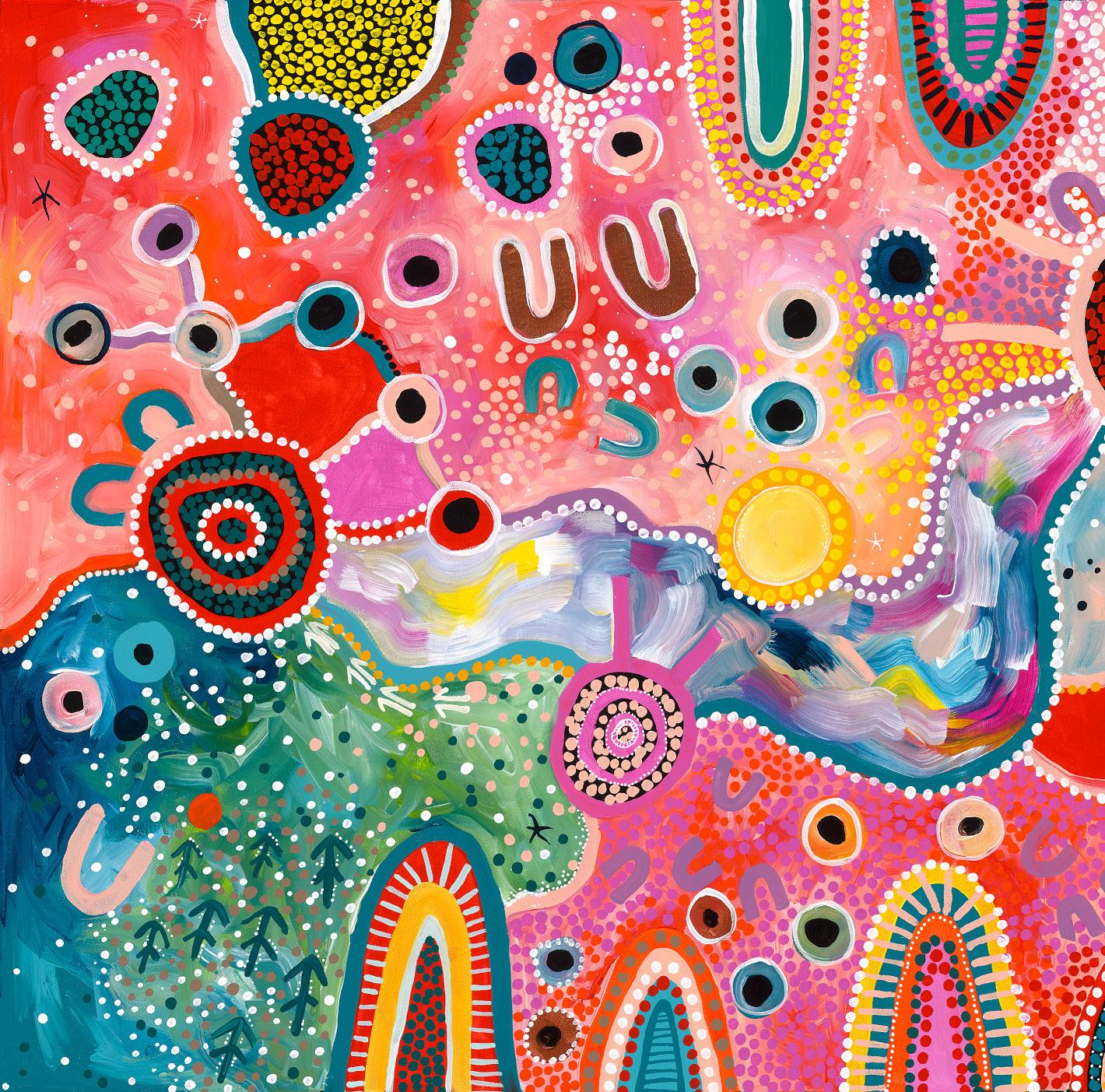
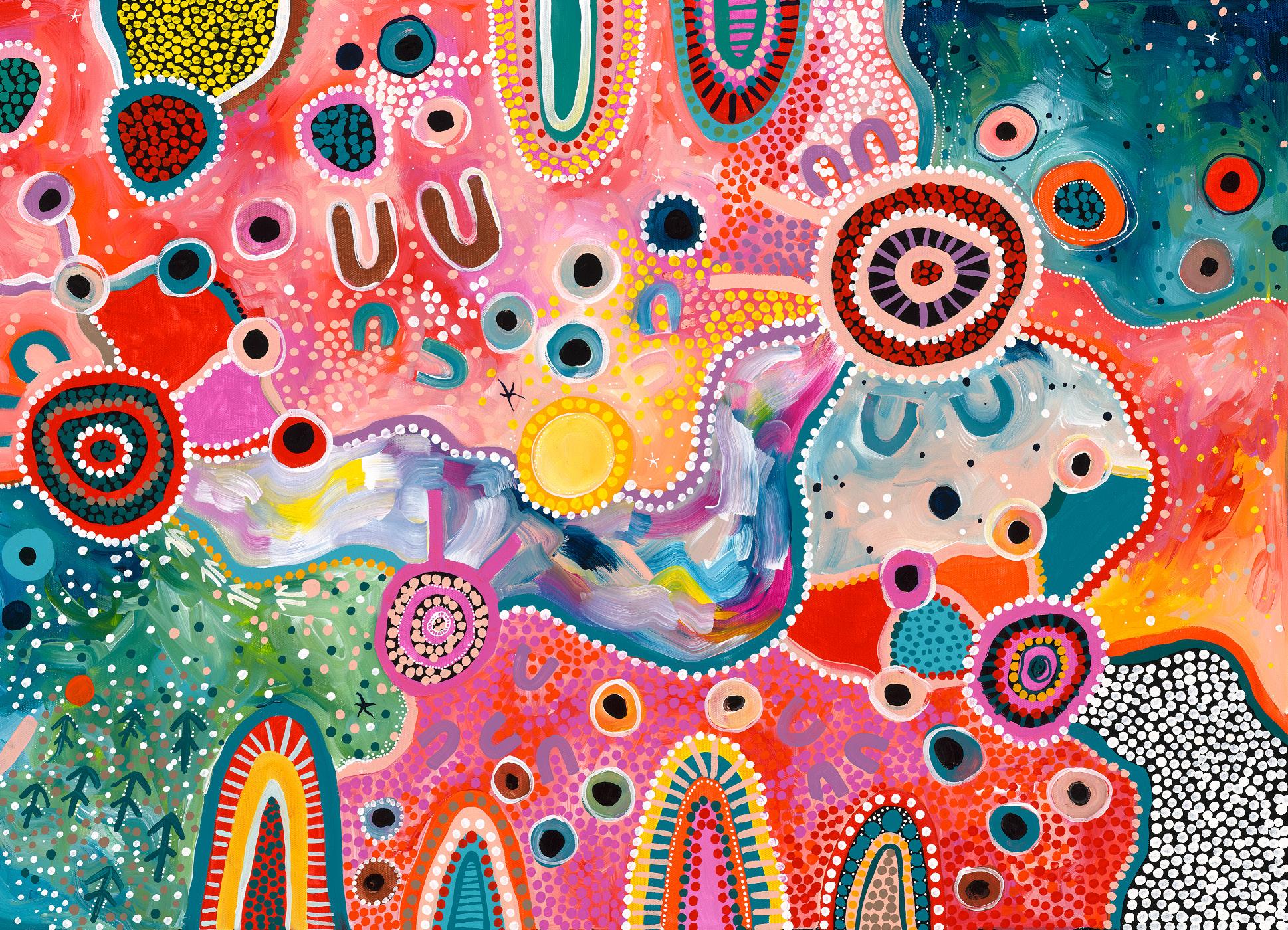
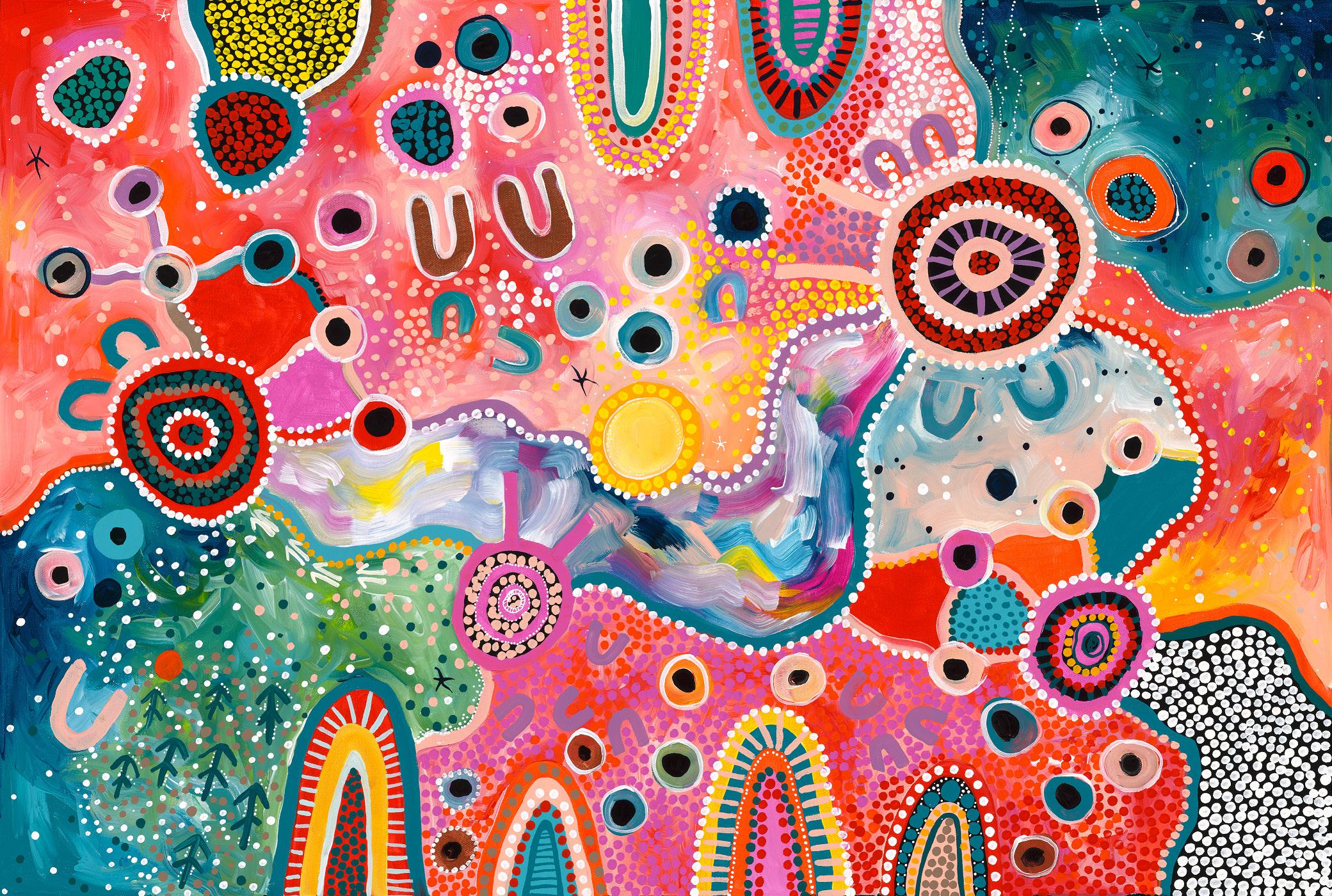
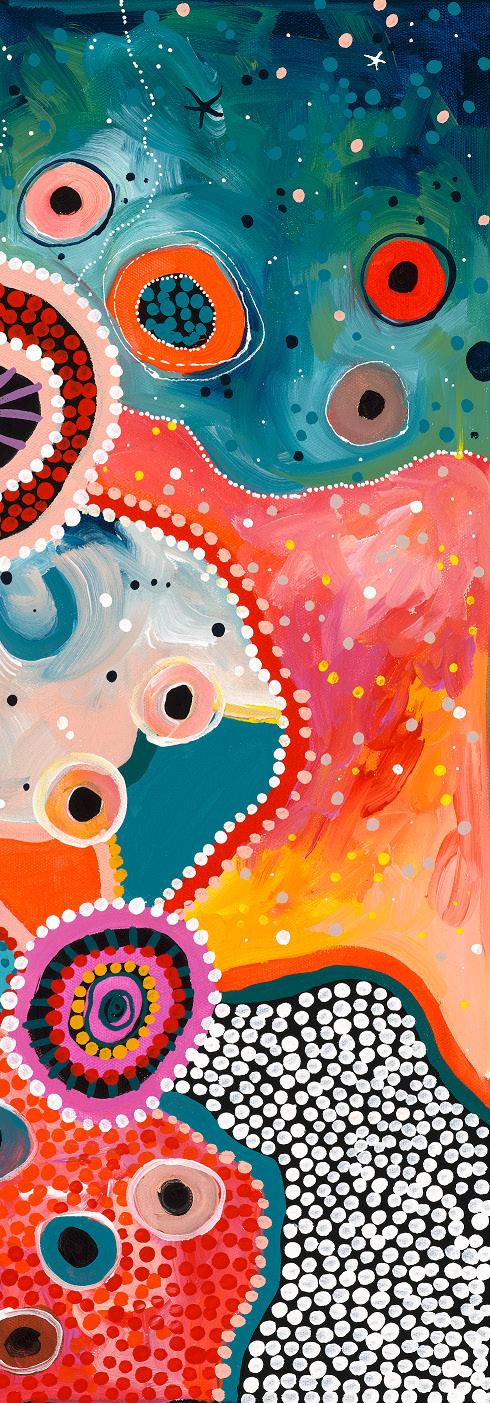
Definitions, Terminology and the Written Word
Definitions 18
Acceptable Terminology and the Written Word 20
Unacceptable Terms 22
Hacer Offices 24
Victoria 25 New South Wales 25 Further Reading 26 Appendix 28
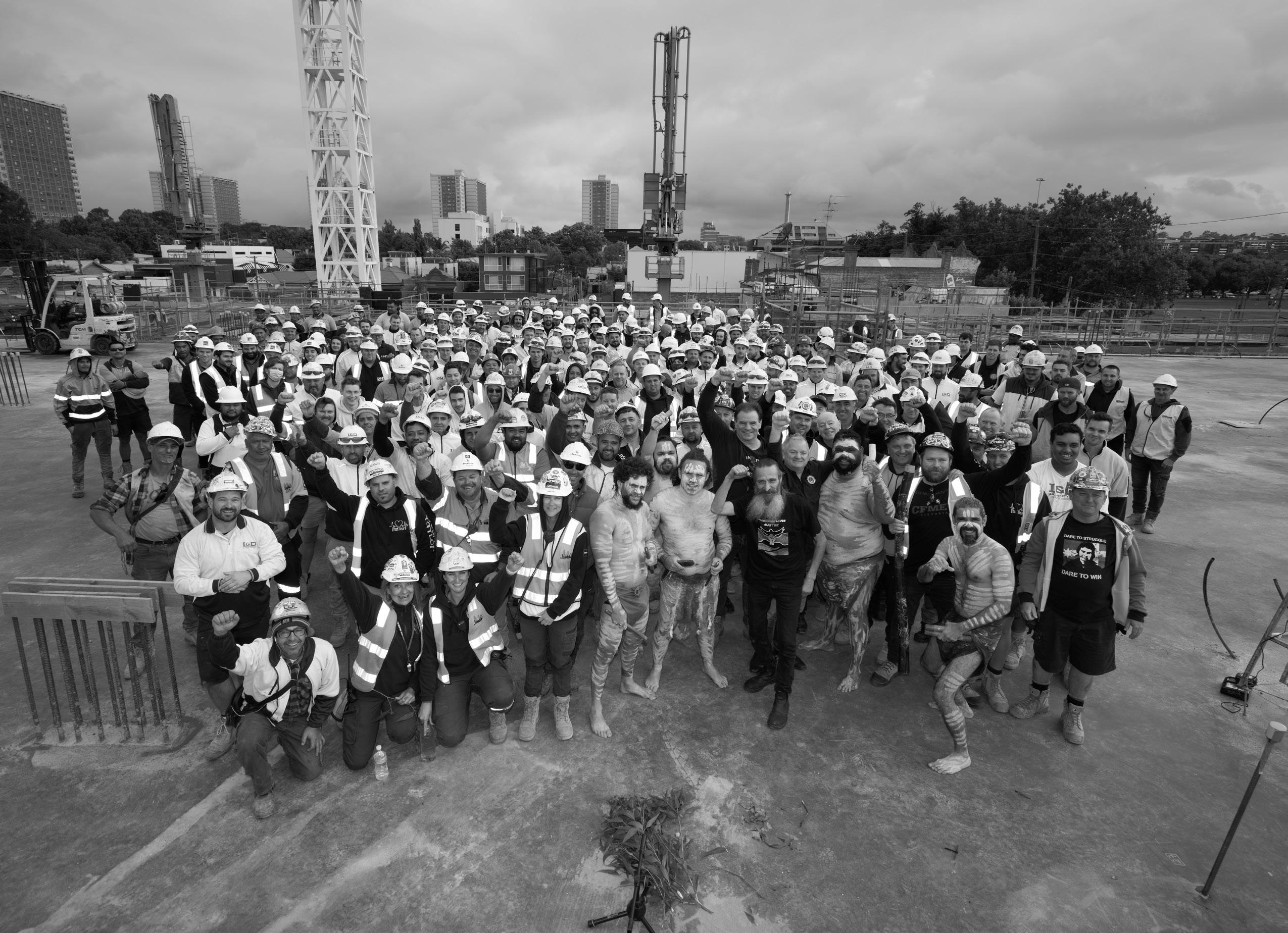
Image 02 - Richmond Quarter Smoking Ceremony
In 2023, we officially commenced our reconciliation journey with a formal endorsement by Reconciliation Australia of our inaugural Reflect Reconciliation Action Plan (Reflect RAP).
This endorsement has laid the groundwork for establishing strong, long-term relationships with Aboriginal and Torres Strait Islander peoples, ensuring meaningful engagement and reconciliation.
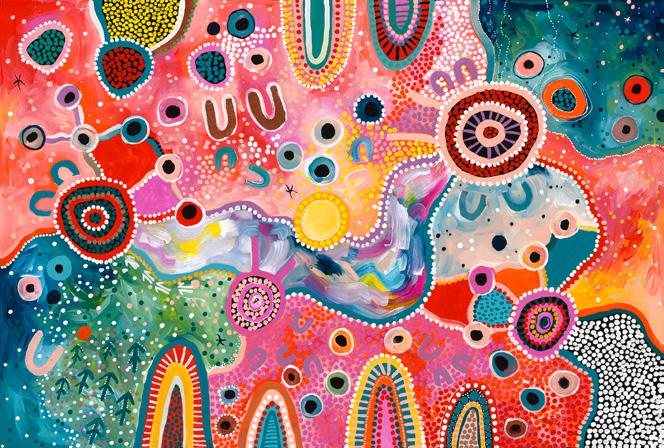
What are cultural protocols
Cultural protocols are customs, values, and guidelines that provides a framework for behaviours and interactions of a specific cultural group.
Why do we need cultural protocols
Aboriginal and Torres Strait Islander people have historically been subjected to extreme prejudice, discrimination, and misunderstanding, with their interests, rights and concerns often been dismissed or ignored.
These cultural protocols are intended to increase awareness, recognition, and respect of Aboriginal and Torres Strait Islander rich cultures and histories and creating a diverse and inclusive workplace that is culturally safe for Aboriginal and Torres Straight Islander Peoples.
Application of cultural protocols
Refer to each protocol in the section overleaf Cultural Protocols.
Recognition & Respect
Welcome
to Country
A Welcome to Country ceremony is performed by a Traditional Custodian or appropriate member of an Aboriginal and/or Torres Strait Islander community to welcome people who are visiting and/or meeting on Country.
This is a traditional ceremony that has been a way of life for Aboriginal and/or Torres Strait Islander peoples for thousands of years. It was where Aboriginal and/or Torres Strait Islander people from other communities could and could not go, and was a time for learning cultural lores, moiety, reciprocity, avoidance, and obligations. It was where old relationships were re-established, and new relationships were formed. Requesting permission to enter was necessary. And when permission was granted, visitors were then welcomed and offered safe passage and protection of their physical and spiritual being during their journey in return for respecting the protocols and rules of the country.
Today a Welcome to Country ceremony occurs at the beginning of a formal event and can take many forms – a speech in the local Language and/or English, a traditional dance or a smoking ceremony.
Smoking ceremony
A smoking ceremony is a ritual of purification and unity among some Aboriginal and/or Torres Strait Islander peoples that involves burning and smouldering various native plants to produce smoke which has cleansing properties and the ability to ward off bad spirits. They are undertaken by an Aboriginal and/or Torres Strait Islander person with specialist cultural knowledge.
Given the significant nature of the ceremony, it is usually only performed at events regarded as appropriate by the Aboriginal and/or Torres Strait Islander community.
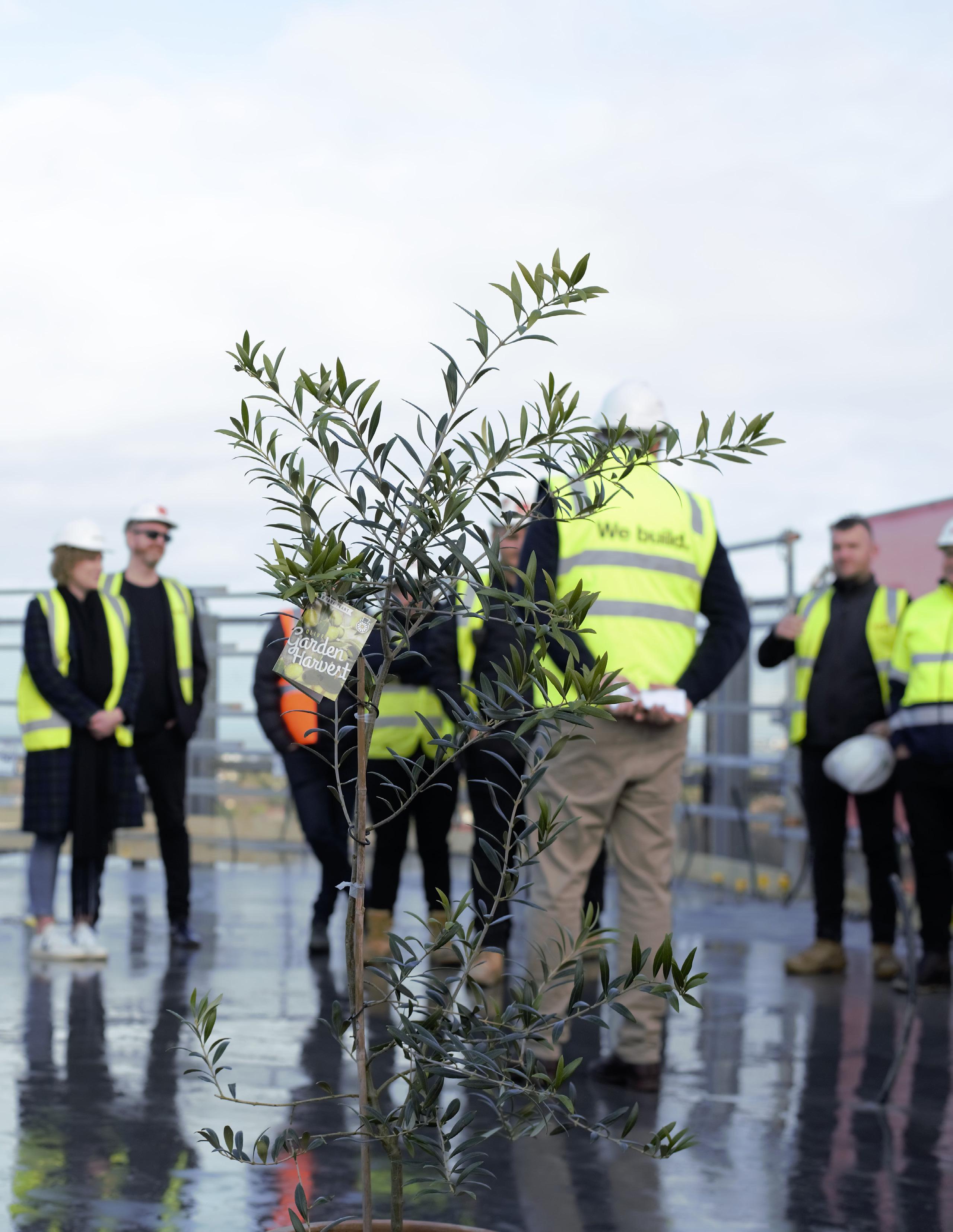
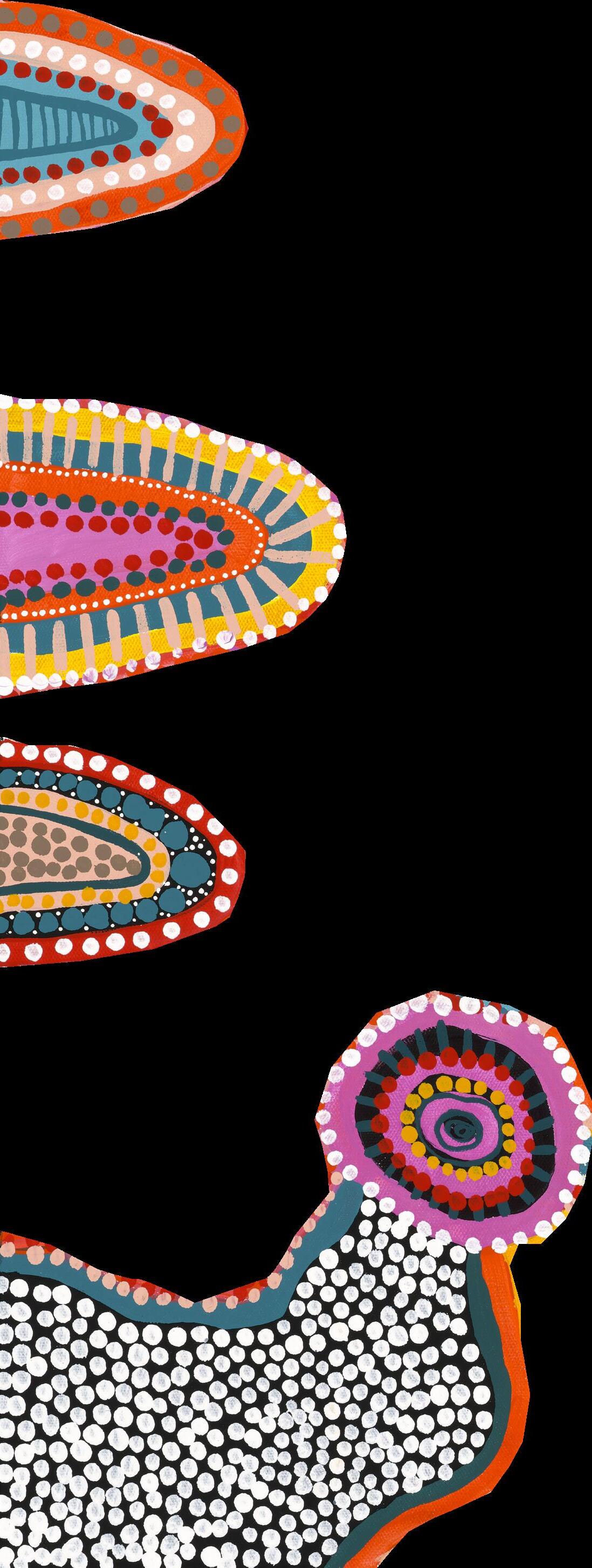
When should a Welcome to Country ceremony occur?
All Welcome to Country ceremonies should be approved by Mark Lewis at Site Establishment, and where approved should occur at the ‘Turning of the
A Senior Member of the project team shall be responsible for organising the Welcome to Country ceremony with support from the Sustainability
Ensure that this ceremony is included in your project plan and budgeted for.
Refer to the section Traditional Custodians of the Lands upon which to identify the traditional custodian relevant to your project or contact the Sustainability Manager.
Ensure you seek clarification and permission around media filming as Elders cannot be filmed unless for internal purposes.
A Welcome to Country ceremony is not recommended in areas where formal recognition of Traditional Custodians has not occurred. Instead an Acknowledgement of Country should take place. Please refer to the Aboriginal Cultural Heritage Register and Information System or contact the Sustainability Manager.
Who should perform the Welcome to Country ceremony?
A Welcome to Country ceremony must be conducted by a Traditional Custodian or an authorised representative from the relevant Aboriginal and/or Torres Strait Islander community.
Contact your local Traditional Owner Corporation (VIC) or Aboriginal Land Council (NSW), to organise the ceremony. Plan well ahead to allow for the availability of the appropriate person to conduct the Ceremony.
Who should participate?
The Welcome to Country should be attended by the Project Team, and the Sustainability Manager as a representative of Hacer’s RAP Working Group.
In addition, invitations should be extended to client representatives, as well as representatives from key trades and relevant Trade Unions.
Additional things to consider
Before the Welcome to Country, event organisers should consult with the Traditional Custodians to confirm how they prefer to be addressed. Use respectful titles such as “Aunty” or “Uncle” only with their explicit permission.
It is appropriate to say, “Thank you (name of Traditional Custodian) for the Welcome to Country”, followed by an Acknowledgement of Country in response.
Where suitable, the first speaker should also recognise any Indigenous local sites of cultural or historical significance at or near the event. Traditional Custodians should be consulted for advice on how best to make such an acknowledgement.
Acknowledgement of Country
An Acknowledgement of Country is a way of showing awareness, respect, and recognition of Traditional Custodians on the lands on which a meeting or an event is taking place.
It recognises Australia’s long and proud history, and pays respect to the Traditional Custodians of the land. An Acknowledgement of Country can be delivered by anyone.
When should an Acknowledgement of Country occur?
An Acknowledgment of Country may occur at the beginning of any significant meeting.
Who should perform the Acknowledgement of Country?
The first speaker should deliver the Acknowledgement of Country, recognising Elders past and present. Other speakers are welcome to offer their own acknowledgement if they wish.
What does an Acknowledgement of Country look like?
There is no set phrasing for an Acknowledgement of Country, and it can be personalised by the speaker. This could include linking the Acknowledgement to your connection with Country, sharing First Nations knowledge which has resonated with you recently, or talking about why it is important for you to acknowledge the sacred land you are on.
There are generally two recommended ways to give an Acknowledgement of Country:
1. An acknowledgement that specifically identifies the Traditional Custodians.
Example:
“[On behalf of all present] I acknowledge the Traditional Custodians of the lands upon which we build
The Wurundjeri Woi Wurrung People of the Kulin Nation.
I pay my [our] respects to their Elders, past and present, and acknowledge the continuing connection of all Aboriginal and Torres Strait Island Peoples to Country –land, water and sky.”
2. A more generic acknowledgement, usually where custodianship is unclear (i.e. No formal recognition of traditional owners).
Example:
“[On behalf of all present] I acknowledge the Traditional Custodians of the lands upon which we build and pay my [our] respects to all Aboriginal and Torres Strait Islander Peoples across Australia, their Elders, past and present, and celebrate their continuing connection to Country – land, water and sky.”
Note: Refer to the section Traditional Custodians of the Lands upon which we build for more information.
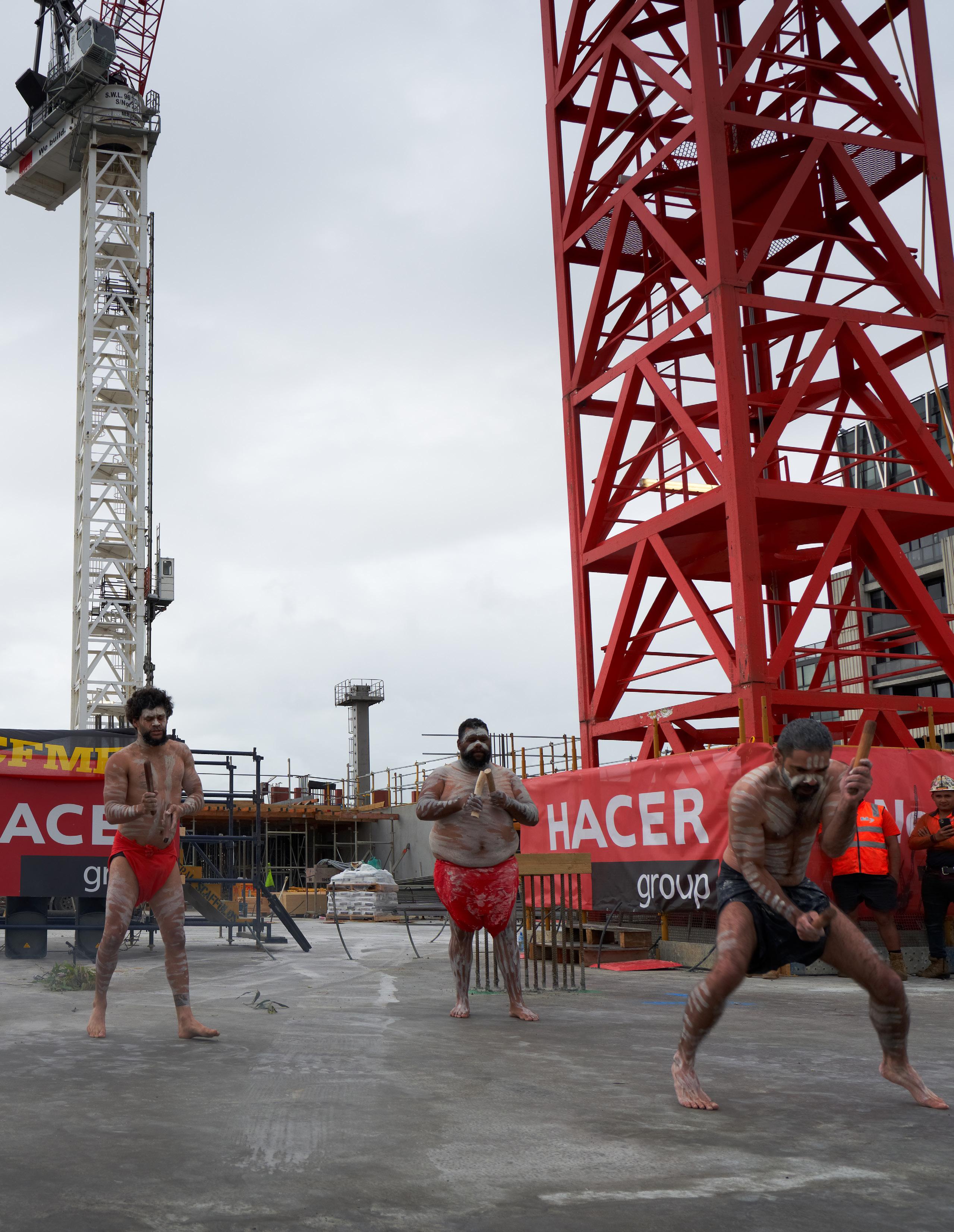
Days of Significance
The following are significant dates for Aboriginal and/or Torres Strait Islander peoples.
26 January
Australia Day also known as Invasion Day or Survival Day
13 February National Apology Day
3rd Thursday of March National Close the Gap Day
23-26 May Uluru Statement from the Heart
26 May National Sorry Day
27 May
1967 Referendum Anniversary
27 May to 3 June Reconciliation week
3 June Mabo Day
First week of July (Sunday to Sunday) NAIDOC Weeks
9 August International Day of the World’s Indigenous people
13 September
Anniversary of the UN Declaration on the Rights of Indigenous People
26 October Uluru returned to traditional custodians (1985)
It is a day that honours those who have lost their lives as a result of invasion, remembers how hard our people fought to protect Country and celebrates the fact that despite invasion, colonisation and the resulting trauma on our people – we have survived.
Anniversary of the formal apology made in 2008 by the Federal Government to First Nations peoples, in particular to the Stolen Generations.
An annual awareness event that aims to close the health and life expectancy gap between First Nations and non-First Nations peoples in Australia.
The aim of the Close the Gap campaign is to achieve health equality by 2030.
A consensus document representing six months of consultation with over 1,200 Aboriginal and Torres Strait Islander representatives. The first public reading was held at the 2017 First Nations National Constitutional Convention.
Sorry Day is an opportunity to pay tribute to Stolen Generations members and to remember those who have passed into the Dreaming.
Australians voted overwhelmingly to change the Constitution so First Nations peoples would be counted as part of the population and the Commonwealth would be able to make laws for them.
A time for all Australians to learn about our people and culture as well as our shared histories and achievements.
Day, this day commemorates an celebrates the efforts of Meriam man Uncle Eddie ‘Koiki’ Mabo in his fight for land rights and the landmark decision that overturned terra nullius for all our mob.
NAIDOC stands for National Aborigines and Islanders Day Observance Committee. Its origins can be traced to the emergence of Aboriginal groups in the 1920s which sought to increase awareness in the wider community of the status and treatment of Aboriginal and Torres Strait Islander people. NAIDOC celebrations are held around Australia to celebrate the history, culture and achievements of First Nations peoples.
A day to promote and protect the rights of the world’s Indigenous populations and recognise the achievements and contributions that Indigenous people make to improve world issues such as environmental protection.
Adopted by the United Nations General Assembly on 13 September 2007, the non-legally binding declaration outlines an aspiration for how Indigenous individuals and people should be treated around the world.
On 26 October 1985, Governor General Sir Ninian Stephen handed over the title deeds to Anangu Traditional Custodians. The handover of Uluru was a symbolic highpoint for land rights.
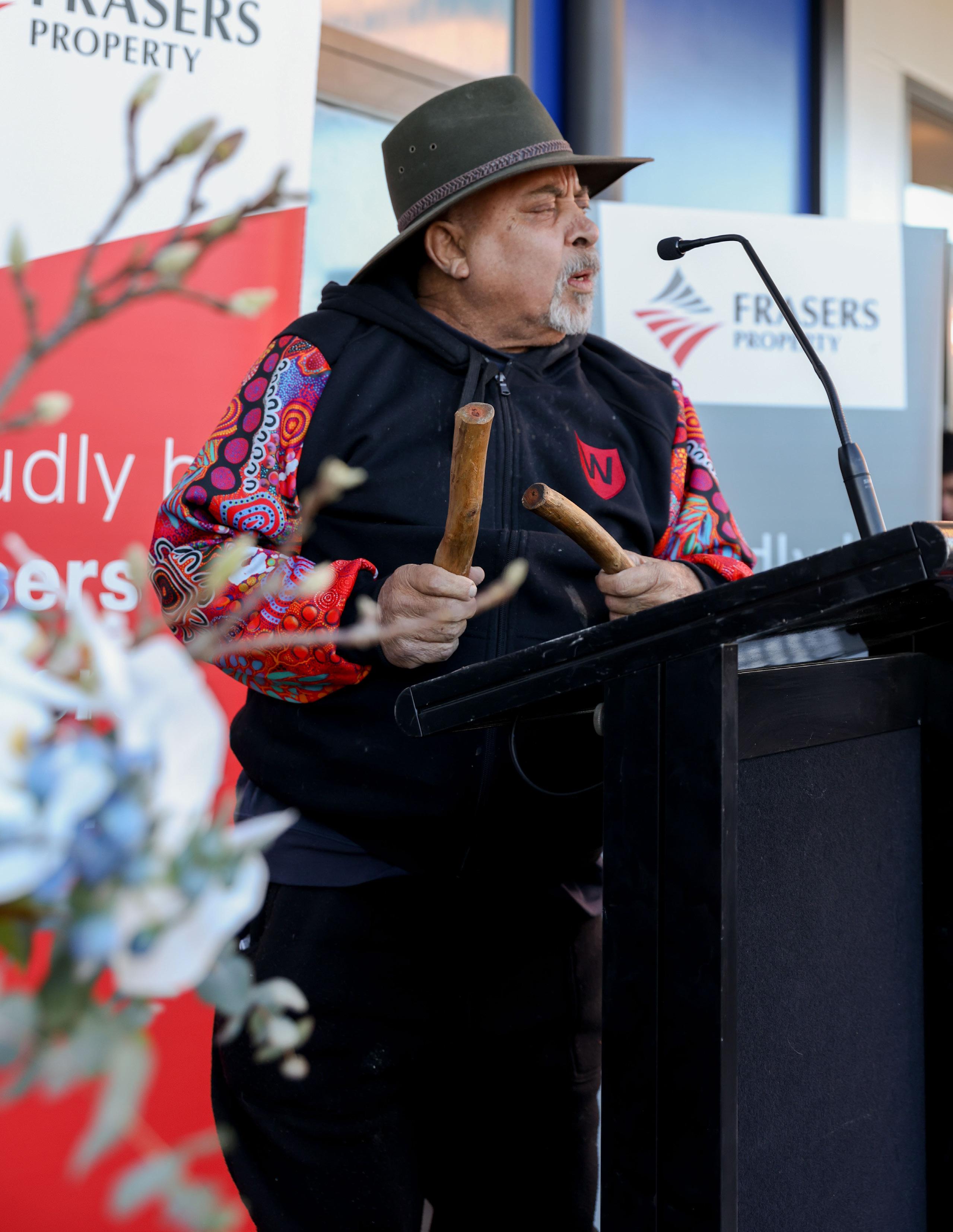
Interpretation & Integrity
Aboriginal and Torres Strait Islander peoples are the primary guardians and interpreters of their cultures. Representation of Aboriginal and Torres Strait Islander cultures should reflect their cultural values and respect their customary lores.
Before publishing any content (audio, visual or written) that involves Aboriginal and/or Torres Strait Islander peoples and their intellectual property, including ideas, knowledge, images and stories, consider the following:
• How does this affect the Aboriginal and/or Torres Strait Islander peoples that are subject of the content?
o Does it depict any confidential, sensitive or personal information?
o Does it reinforce negative stereotypes?
• Does it include any secret and/or sacred material including secret men’s and women’s business?
• Are there any images that may depict deceased persons?
Fees for Cultural services
In providing consulting and cultural services such as ‘Welcome to Country,’ it is important to acknowledge that Aboriginal and Torres Strait Islander people are using their own time and intellectual property. For this reason, it is appropriate that people are offered payment and appropriate remuneration for their services.
Consultations and cultural services are typically booked via the local land council.
• Consult with the Traditional Custodian and owners of the story to understand and resolve any actual or potential issues.
• Seek permission to publish content from Traditional Custodians and owners of the story and give proper credit and/or acknowledgement.
• Ensure that photographers and videographers are briefed on Hacer’s cultural protocols and are respectful to the participants and that permission is sought from the Traditional Owners, Elders and/or community before taking photos or videos.
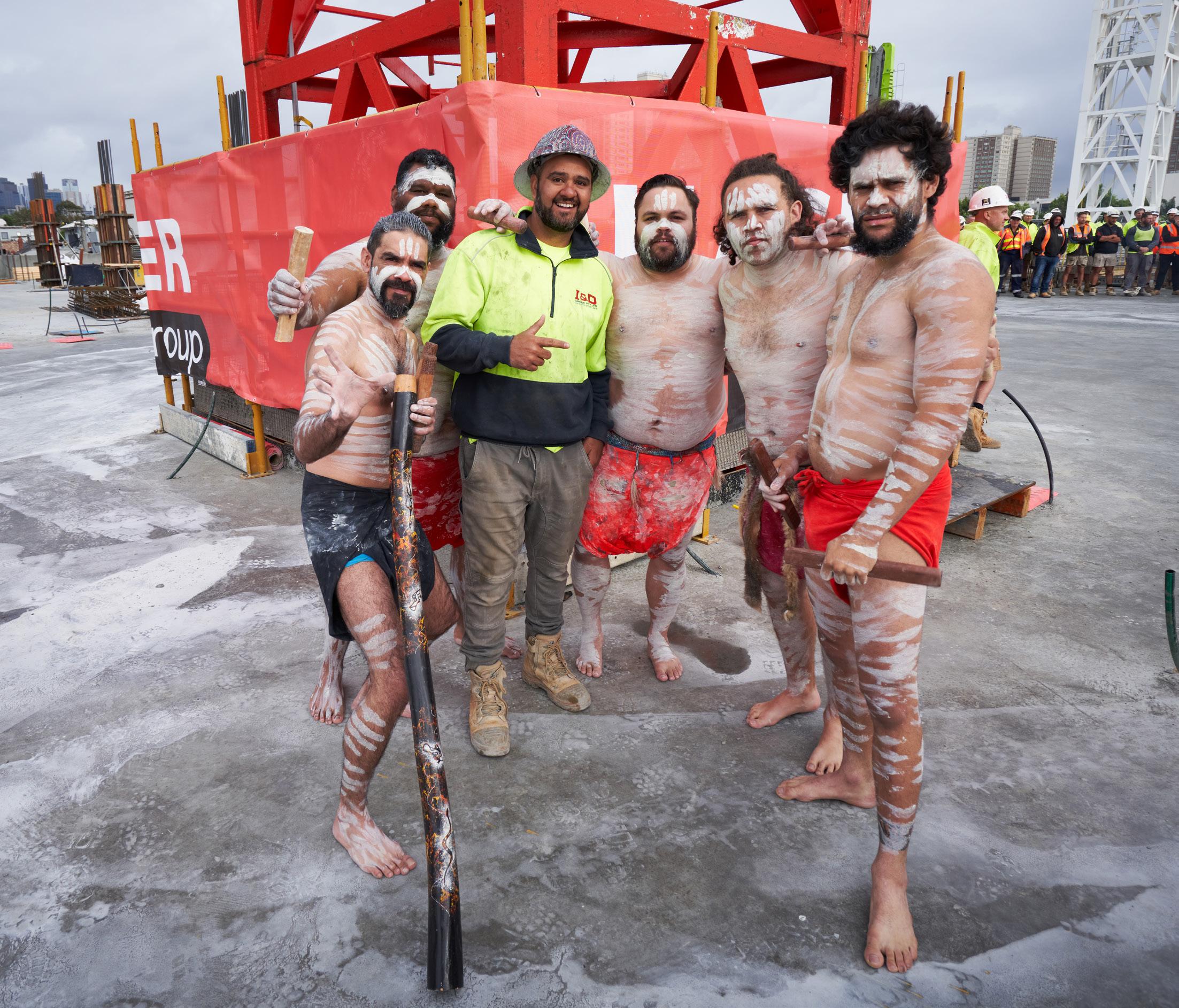
Definitions, Terminology and the Written Word
Clan
A clan is a local group that is formed around family links through a common ancestry. A clan is a subset of a nation and, before British colonisation in 1788, there were thought to be more than 500 clans in Australia, with over 250 languages and 800 dialects spoken.
Community
Due to the removal of people from their ancestral lands, the Aboriginal and Torres Strait Islander definition of community is not always based on geographical location. The term community can refer to country, family, experiences and belonging.
Country
For Indigenous Australians, Country is more than a defined area of land associated with a group of people or a nation.
Cultural Awareness
Raising the awareness and knowledge of the individual about the experiences of cultures including behaviours, beliefs, customs, laws, practices and rituals different from their own. It is important to understand that within different Aboriginal and Torres Strait Islander Nations, clans and communities, their cultures will be unique.
Cultural Competence
Having the ability to interact across different cultural groups to establish and maintain relationships. To be culturally competent is to have the experience, understanding and appreciation of cultural complexities to enable someone to work effectively in cross-cultural situations.
Cultural Sensitivity
Encourages self-reflection from individuals, particularly on their personal attitudes and experiences and how this may impact on how they communicate and behave with people outside of the dominant culture.
Image 06 - Richmond Quarter Smoking Ceremony
Cultural Respect
The recognition, protection and investment in the rights, rituals and traditions of various cultural groups.
Cultural Safety
Focuses on the operations of organisations and systems. It lends itself to behavioural and environmental adjustments to allow for the cultural values.
Cultural Safety can be defined as “an environment that is safe for people: where there is no assault, challenge or denial of their identity, of who they are and what they need. It is about shared respect, shared meaning, shared knowledge and experience, of learning, living and working together with dignity and truly listening.”1
Elder
Elders are the custodians of traditional cultural knowledge, skills and customs and are responsible for teaching and providing guidance to the community on cultural matters and cultural protocols. The term “Elder” is used to describe people who have knowledge, wisdom and the respect of their local community. Elders are not necessarily older people but must have the trust and respect of their community and be recognised as cultural knowledge keepers.
Equity
The term “equity” refers to fairness and justice and is distinguished from equality: whereas equality means providing the same to all, equity means recognizing that we do not all start from the same place and must acknowledge and make adjustments to this imbalance.
Kin/Kinship
For Aboriginal and Torres Strait Islander people kinship transcends the traditional western constructs of family. Kinship helps determine a person’s relationship and responsibility to others and Country.
A short video produced by Reconciliation Australia that introduces the idea of what Kinship means to Aboriginal families.
Lore
Refers to the customs and stories that Aboriginal peoples learned from their ancestors and the Dreaming. Aboriginal lore has been passed on through the generations via songs, stories and dance, and it governs all aspects of traditional life. Some people in community may be referred to as a “Lore Man” or someone who practices lore. This generally means they are a primary source of custodial knowledge for a particular group or region.
Mob
A term used to identify a group of Aboriginal people associated with a particular place or Country. This term is generally used by Aboriginal people to describe other Aboriginal and Torres Strait Islander people and should not be used by non-Aboriginal people.
Nation
A group associated with a culturally defined area of land or country. Each nation has boundaries that cannot be changed and language that is tied to each nation and country. It is important to understand that for some nations there is still dispute today over these traditional boundaries.
Secret & Sacred Material
Secret and sacred material refers to information that is restricted under customary law and so is unsuitable for publication. “Indigenous people have the right to keep secret their sacred and ritual knowledge in accordance with their customary laws.”2
Men’s & Women’s Business
Aboriginal and Torres Strait Islander society still considers some information and protocols as specific and sacred to either men or women. Individuals need to be aware of the sensitivities around this and seek advice from Aboriginal and Torres Strait Islander people when they are likely to arise. This is referred to as “Women’s business” and “Men’s business” and is genderspecific knowledge and practices relation to health, wellbeing and religious matters.
Self-determination3
The ability for Indigenous people to freely determine their political status and pursue their economic, social and cultural development; it is a right that relates to groups of people, not only individuals. It encompasses a spectrum of right necessary for Indigenous Australians to achieve, economic, social and cultural equity, based on their own cultural values and way of life.
These rights include:
• Not to be discriminated against,
• Enjoy language, culture and heritage,
• Land and natural resources
• Have access to the basic necessities of life and be economically self sufficient
1 Williams, R. 2008, Cultural safety: what does it mean for our work practice? Australian and New Zealand Journal of Public Health, 23(2):213-214 from DELWP - Aboriginal Cultural Safety Framework
2 Oxfam Au, Aboriginal and Torres Strait Islander Cultural Protocols
3 Victorian Aboriginal Affairs Framework 2018-23
• Make decisions that impact their lives from a position of wellbeing and empowerment
• ‘grassroots community’ having ownership and responsibility for their own affairs
Sorry Business
Sorry Business is an important period of mourning for Aboriginal and Torres Strait Islander peoples that involves responsibilities and obligations to attend funerals and participate in other cultural events, activities or ceremonies. In some cases, the extent of obligations is dictated by the status of the deceased person and a person’s relationship to them.
Stolen generations
Aboriginal and Torres Strait Islander children who were removed from their communities and families by Australian Federal and State Government agencies are often referred to as the Stolen Generations. This occurred from 1910 to the 1970s, and in some cases persists today. These children were then sent away to be placed in homes, missions and foster families where they were often forbidden from speaking their native language or expressing any part of their Aboriginal or Torres Strait Island culture. They were also not allowed to return to their traditional lands.
Traditional Owner/ Custodian
An Aboriginal and Torres Strait Islander person or persons directly descended from the original Aboriginal and Torres Strait Islander inhabitants of a culturally defined area of land or country, who has a cultural association with the country that derives from traditions, observances, customs, beliefs or history of the original inhabitants.
‘Aboriginal
and/ or Torres Straight Islander peoples’ (plural):
This is a preferred term used by some, to refer to the many Aboriginal and/or Torres Straight Islander groups within Australia.
‘Aboriginal Australians’
This is another term used to describe the Aboriginal peoples of Australia. Acceptance of this term varies.
‘aboriginal’ (as an adjective, lower case)
This term can describe people living in a country at the earliest period and is usually accepted, but not preferred, when referring to the Aboriginal or Torres Straight Islander peoples or topics today. Be aware there are many other groups around the world who refer to themselves as ‘aboriginal’ or ‘Aboriginal’, such as the original inhabitants of Canada and Taiwan.
Indigenous
The term ‘Indigenous Australian’ can also be used to encompass both Aboriginal people and Torres Strait Islander people. However, it is important to be aware many Aboriginal and Torres Strait Islander people do not like to be referred to as ‘Indigenous’ as the term is considered too generic, as well as having some negative historical connotations.
‘Torres Strait Islander’ (as an adjective, capitalised)
This term is extensively used throughout Australia when referring to Torres Strait Islander peoples and topics. If you are specifically referring to Torres Strait Islander peoples, your communications should reflect this.
‘First Australians’, ‘Australia’s First Peoples’ and ‘First Nations Australia’ (capitalised)
These terms are growing in acceptance and are generally acceptable to use.
Capitalisation
When using Aboriginal and Torres Strait Islander, descriptors they must be capitalised if preceded by the name Aboriginal and Torres Strait Islander peoples.
Indigenous Elder or Elder
Always ensure these words are capitalised in communication material.
‘First Nations’ or ‘First Peoples’ (capitalised)
This can refer to the peoples or nations of people who were there from the beginning, prior to the settlement of other peoples or nations. These terms have some general acceptance but can also be perceived as generic or not adequately describing the Aboriginal and/or Torres Strait Islander peoples of Australia.
The term ‘First Nations’ is also used in Canada when referring to descendants of the original inhabitants of Canada such as the Mohawk and Cree.
Acronyms
or abbreviations
It is only acceptable to use abbreviations in your communications when they form part of a web address or an organisation (e.g. AIATSIS, NAIDOC, www.atsi.org.au).
Unacceptable Terms
Acronyms and abbreviations such as ‘ATSI, ‘AbI’ or ‘TSI’ should not be used to describe Aboriginal and/ or Torres Strait Islander peoples.
‘Aborigine’ (capitalised) or ‘aborigine’ (lower case)
These terms have been widely used in Australia’s recent history and are still sometimes used by older Aboriginal persons who grew up in that era. Use of this term is not recommended due to the negative references associated with this term. For example, the damaging connotations around the ‘Aborigines Protection Act 1909’ and the 1915 amendments to the Act that gave the New South Wales Aborigines Protection Board the power to remove any Aboriginal and/or Torres Strait Islander child at any time and for any reason.
‘Part-Aboriginal’ or ‘half-Aboriginal’ or ‘half caste’ or ‘quarter caste’
These terms are objectionable and considered offensive to an Aboriginal and/or Torres Strait Islander person. Do not use these words in any written or verbal communication as they are highly offensive.
The following land councils represent the Traditional Custodians of the Lands upon which we build.
If unsure about which Traditional Custodians Lands your project is located on, please contact Hacer’s Sustainability Manager.
Hacer Offices
Head Office – South Melbourne
Wurundjeri Woi Wurrung of the Kulin Nation
Sydney Office – Pyrmont
Gadigal of the Eora Nation
Victoria
Victorian Aboriginal Heritage Council
ACHRIS: Greater Melbourne Metropolitan Area and Greater Geelong Map
Bunurong Land Council Aboriginal Corporation
Taungurung Land and Waters Council
Aboriginal Corporation
Wadawurrung Traditional Owners Corporation
Wurrung Woi Wurrung Cultural Heritage
Aboriginal Corporation
New South Wales
NSW Aboriginal Land Council
Greater Sydney Metropolitan Area Name
Deerubbin
Gandangara
La Perouse
Metropolitan
https://www.bunuronglc.org/
https://taungurung.com.au/
https://www.wadawurrung.org.au/
https://www.wurundjeri.com.au/
https://deerubbin.org.au/
https://www.gandangara.org.au/
https://www.laperouse.org.au/
https://metrolalc.org.au/
https://alc.org.au/land_council/tharawal/ Name
Tharawal
References & Further Reading
Aboriginal and Torres Strait Islander Cultural Protocols (Oxfam AU)
First Peoples - State Relations
Downer Group Indigenous Cultural Protocols
First Nations Cultural Protocols (Vicinity Centres)
Aboriginal Cultural Safety Framework (DELWP)
Victorian Aboriginal Affairs Framework 2018 - 2023 (VicGov)
Victorian Aboriginal Heritage Council
NSW Aboriginal Land Council
Deadly Story
Aboriginal Heritage Office
Australians Together
Common Ground
Reconciliation Australia
NAIDOC
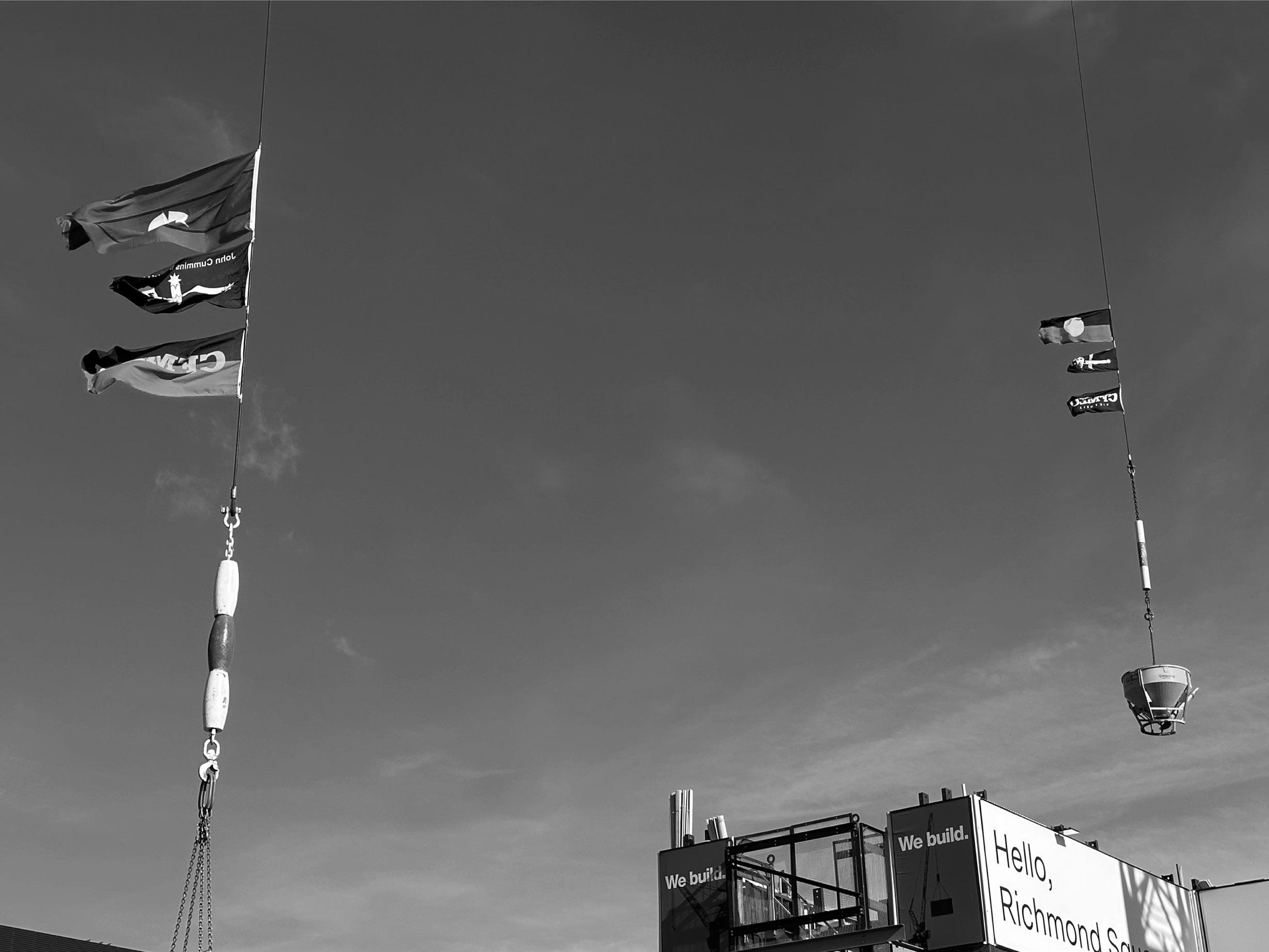
Image 07 - Richmond Square by Fortis
LGA
State Traditional Custodian
Banyule VIC Wurundjeri Woi Wurrung
Bayside VIC Bunurong
Boroondara VIC Wurundjeri Woi Wurrung
Brimbank VIC Bunurong, Wurundjeri Woi Wurrung
Cardinia VIC Bunurong, Wurundjeri Woi Wurrung
Casey VIC Bunurong
Darebin VIC Wurundjeri Woi Wurrung
Frankston VIC Bunurong
Glen Eira VIC Bunurong, Wurundjeri Woi Wurrung
Greater Dandenong VIC Bunurong
Greater Geelong VIC Wadawurrung, Wurundjeri Woi Wurrung
Hobsons Bay VIC Bunurong
Hume VIC Wurundjeri Woi Wurrung
Kingston VIC Bunurong
Knox VIC Bunurong, Wurundjeri Woi Wurrung
Manningham VIC Wurundjeri Woi Wurrung
Maribyrnong VIC Bunurong, Wurundjeri Woi Wurrung
Maroondah VIC Wurundjeri Woi Wurrung
Melbourne VIC Bunurong, Wurundjeri Woi Wurrung
Melton VIC Wadawurrung, Wurundjeri Woi Wurrung
Merri-bek VIC Wurundjeri Woi Wurrung
Monash VIC Bunurong, Wurundjeri Woi Wurrung
Mooney Valley VIC Wurundjeri Woi Wurrung
Moreland VIC Wurundjeri Woi Wurrung
Mornington Peninsula VIC Bunurong
Nillumbik VIC Wurundjeri Woi Wurrung
Port Phillip VIC Bunurong, Wurundjeri Woi Wurrung
Stonnington VIC Bunurong, Wurundjeri Woi Wurrung
Whitehorse VIC Wurundjeri Woi Wurrung
Whittlesea VIC Wurundjeri Woi Wurrung
Wyndham VIC Bunurong, Wadawurrung
Yarra VIC Wurundjeri Woi Wurrung
Yarra Ranges VIC Bunurong , Wurundjeri Woi Wurrung, Taungurung
Traditional Nations
Kulin Nation
Kulin Nation
Kulin Nation
Kulin Nation
Kulin Nation
Kulin Nation
Kulin Nation
Kulin Nation
Kulin Nation
Kulin Nation
Kulin Nation
Kulin Nation
Kulin Nation
Kulin Nation
Kulin Nation
Kulin Nation
Kulin Nation
Kulin Nation
Kulin Nation
Kulin Nation
Kulin Nation
Kulin Nation
Kulin Nation
Kulin Nation
Kulin Nation
Kulin Nation
Kulin Nation
Kulin Nation
Kulin Nation
Kulin Nation
Kulin Nation
Kulin Nation
Kulin Nation
